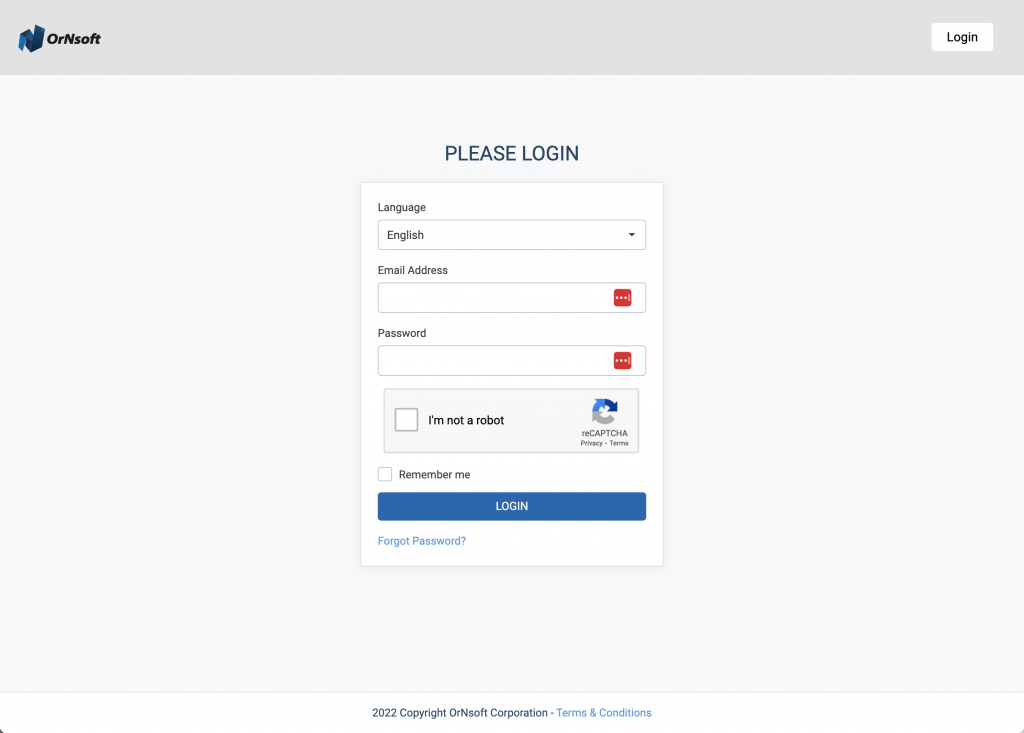In the digital era, businesses are confronted with an overwhelming volume of data. The ability to manage, analyze, and leverage this data has become crucial. Enter Intelligent Document Processing (IDP), a technology that harnesses the power of artificial intelligence (AI), machine learning (ML), and robotic process automation (RPA) to transform unstructured data into actionable insights. This article, "Intelligent Document Processing (IDP): Your Ultimate Guide", explores the power of IDP, its core components, how it’s transforming the landscape of document management, and its role in shaping the future of business operations.
Unveiling the Power of Intelligent Document Processing (IDP)
Intelligent Document Processing (IDP) is a game-changer in the realm of data management. It goes beyond traditional document management systems by automating the extraction, classification, and processing of data from various document types. Whether it’s invoices, contracts, or emails, IDP can handle it all. By leveraging AI and ML, IDP not only streamlines document processing but also significantly reduces human error, resulting in more accurate and efficient data management.
Intelligent Document Processing (IDP): Your Ultimate Guide to Enhanced Productivity
As your ultimate guide to IDP, it’s important to highlight how this technology can enhance productivity. With IDP, organizations can automate repetitive tasks, freeing up employees to focus on more strategic initiatives. As a result, businesses can process documents faster, reduce operational costs, and improve customer service. Companies like OrNsoft have excelled in creating robust IDP solutions that can cater to various business needs, thereby enhancing productivity.
Exploring the Core Components of IDP: The Backbone of Modern Businesses
The core components of IDP include OCR (Optical Character Recognition), NLP (Natural Language Processing), and ML (Machine Learning). These technologies work in tandem to extract, interpret, and analyze data from documents. For instance, OCR is used to convert different types of documents into editable and searchable data. NLP and ML are then used to understand and analyze this data. With these core components, IDP serves as the backbone of modern businesses, helping them to make data-driven decisions.
IDP: Transforming the Landscape of Document Management
IDP is transforming the landscape of document management. It is moving businesses away from manual, error-prone processes towards automated, efficient, and accurate systems. This technology also enables real-time data access, further enhancing business agility. Solutions like CEErtia stand out in the market by offering superior IDP capabilities, thereby revolutionizing document management.
The Future of Business Operations: IDP at the Helm
IDP is not just a trend; it’s the future of business operations. As businesses continue to generate more data, the need for efficient data management systems will only grow. With its ability to process vast amounts of unstructured data quickly and accurately, IDP is set to become an indispensable tool in the business world. The integration of IDP with other emerging technologies like blockchain and IoT will further enhance its capabilities, making it a key driver of business transformation.
In conclusion, Intelligent Document Processing (IDP) is a powerful technology that is revolutionizing the way businesses handle data. From enhancing productivity to transforming document management, IDP is paving the way for a more efficient and data-driven business environment. With companies like OrNsoft and software solutions like CEErtia, businesses have access to top-of-the-line IDP solutions that can propel them to new heights. As we look to the future, it’s clear that IDP will continue to play a pivotal role in shaping the business landscape. Intrigued by the potential of AI for your business? Schedule a free consultation with us here.

